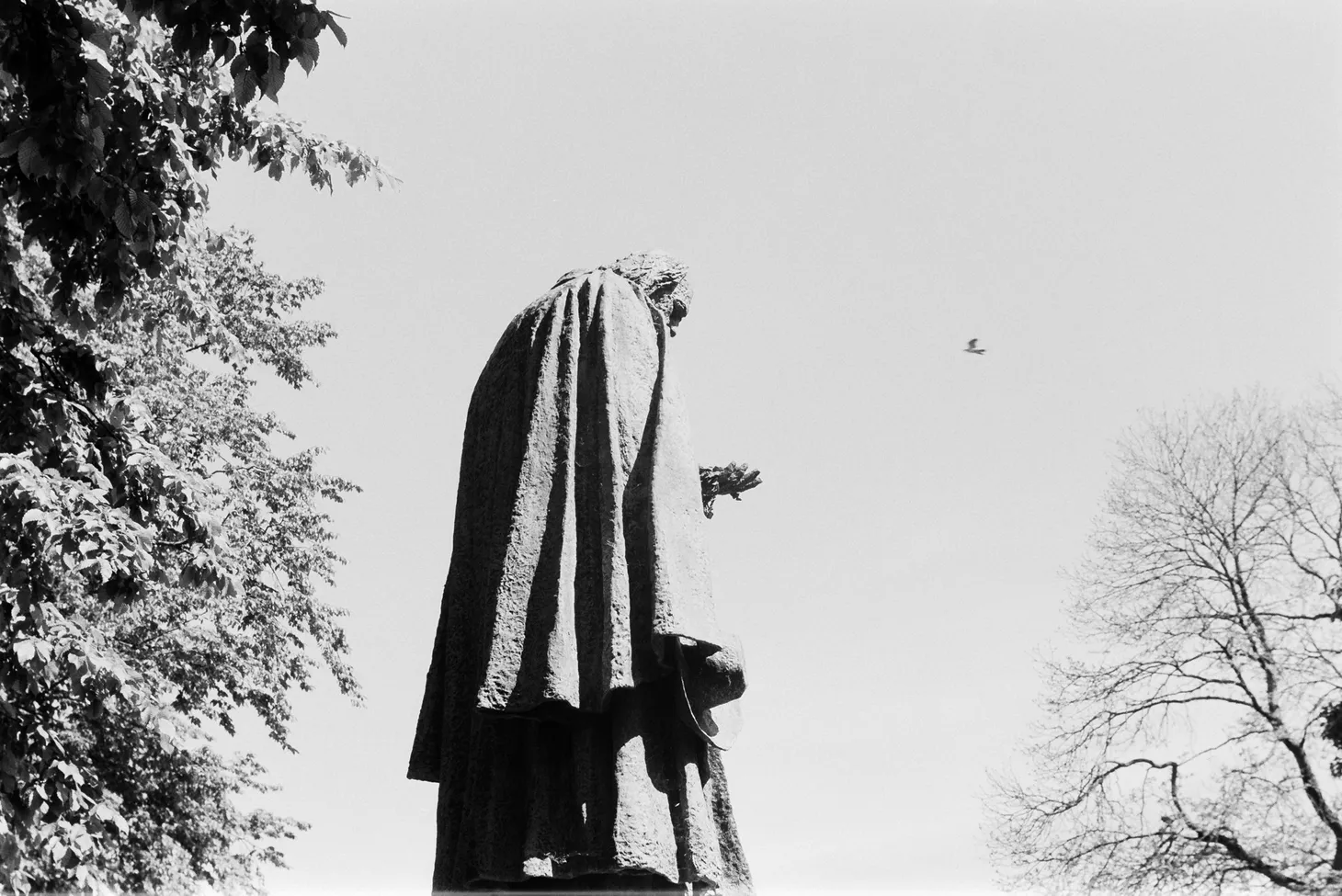More webcams in the hills: an answer to the mountain safety question?
 |
It seems that the bad news keeps coming this winter. Thirteen mountaineers have so far lost their lives during the course of the season, and many (if not most) of these incidents have attracted national press coverage. The most recent fatality occurred on Saturday when a 57 year old walker perished near Streap.
A lot of conflicting opinions have been voiced about this issue. Generally speaking, opinion is divided into two camps: those who know little about mountaineering and want to see it regulated or restricted, and those who actually know what they’re talking about. The latter group, which includes the majority or walkers and climbers (not to mention our national organisations, namely the BMC and MCofS) have been energetically putting forward the view that we do not need regulation and never will; what we need is better education.For my own views on the matter, please see my popular article: The freedom of the hills is under threat.The latest hair-brained scheme to reduce mountaineering accidents has been put forward by Scottish Conservative politician Liz Smith, as explained in this article by Sky News: Call for more webcams on Scottish mountains.The role of webcams in mountaineeringWebcams have played a role in mountaineering and climbing for many years. There are quite a few of them up and down the country. Some of them are modern and high-resolution, while others are old, transmit grainy images, and sometimes go down for weeks or months on end. Back in 2004 I used to study the Great Gable webcam in Wasdale every day to watch the weather and the seasons.LakelandWeb used to run a brilliant network of webcams, covering Langdale, Wasdale, and other areas. Sadly it is no longer maintained.Webcams can be a valuable tool to the experienced eye. At a glance, it’s possible to get an impression of prevailing weather from a well-sited webcam, and combined with other information sources they can help build up an idea of what conditions might be like on the ground.What about an inexperienced walker looking at that same webcam?Webcams are no substitute for experience and educationAn experienced mountaineer will use a wide variety of information sources and tools. When planning a mountain trip, I will make use of the following resources to judge conditions:
- Personal experience of the terrain
- Maps
- Guidebooks
- Weather forecasts – both national and hill-specific (Met Office or MWIS)
- Avalanche forecasts from SAIS
- Recent blog posts from hill-goers
- Reports on Twitter and Facebook
- Reports on UKC… And that’s all before I set foot on the hill in question! Judging conditions is a process that continues from the very first moment of planning until the last step of the descent. I will use my experience and judgement, combined with the education I have received from a number of sources, to make the necessary decisions. Avalanche awareness only begins with a forecast; the real work of judging slope safety is done on the ground, and it’s a learning process that never ends.
The point I am making is that it isn’t enough to know the weather forecast and to have looked at a grainy online image. Inexperienced mountaineers suffer from a dangerous combination of enthusiasm and a lack of appreciation for the dangers of the hills, particularly in winter conditions. While enthusiasm is to be applauded and lack of experience is no crime, it would be wrong for an inexperienced party to place their trust in webcam images that may not even be up to date. Webcams are a tool, but the bottom line is that they can be downright misleading and can induce a false sense of security.After all, could you accurately judge avalanche conditions from this picture? You can’t even see into Coire na Ciste where avalanches frequently occur.
 |
| Image from http://goo.gl/nw08L |
So what is the solution?The solution, as many others have been saying recently, is an improvement in education and engagement. We should discourage inexperienced mountaineers from placing their faith in online tools that promise much but deliver little when it really matters. Emphasis should be placed on building up skills and experience gradually, learning from more experienced climbers, and developing a well-rounded appreciation for mountain hazards and how to cope with them. The solution does not lie in knee-jerk regulation or schemes such as ubiquitous webcams–schemes which will do more harm than good in the long run.Resources
MyOutdoors mountain webcam directoryAnother list of mountain webcamsDebunking the mountain safety mythsGlencoe: The Mountain Rescue Frontline
Alex Roddie Newsletter
Join the newsletter to receive the latest updates in your inbox.



